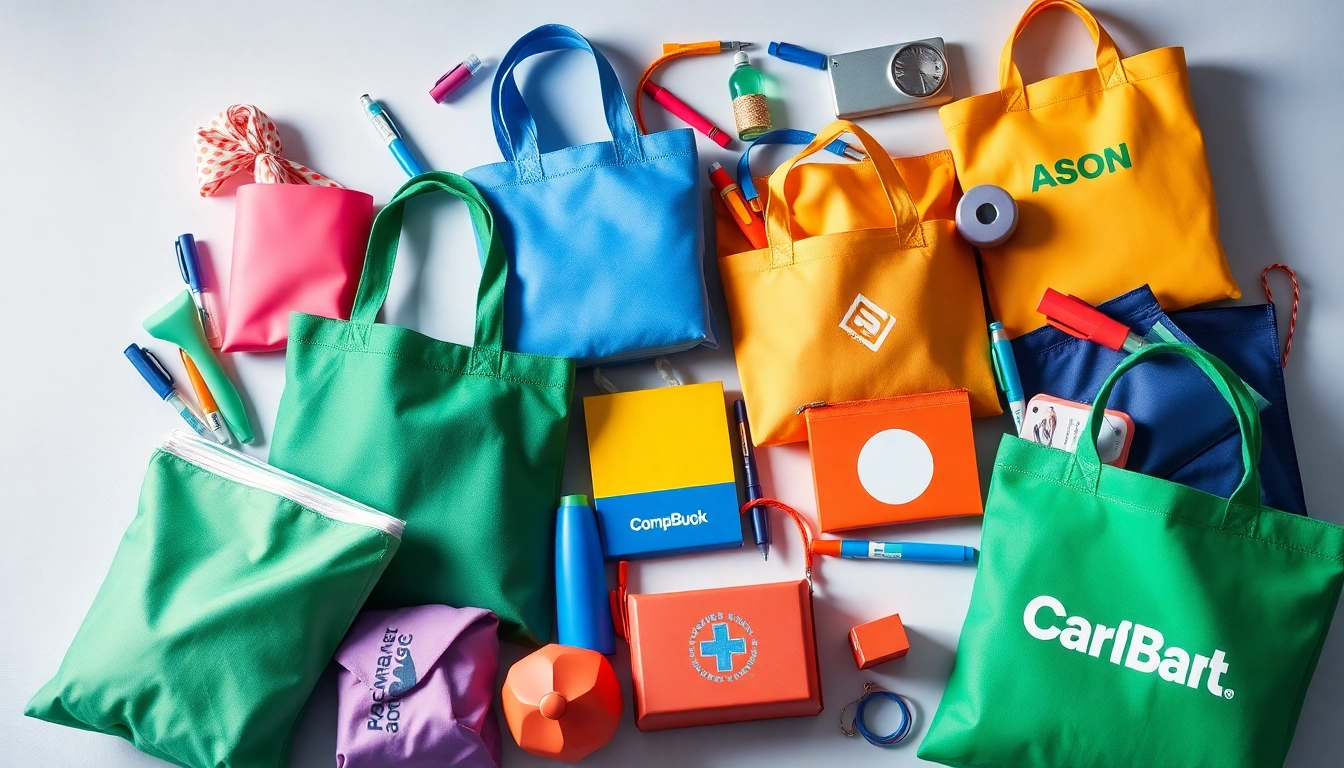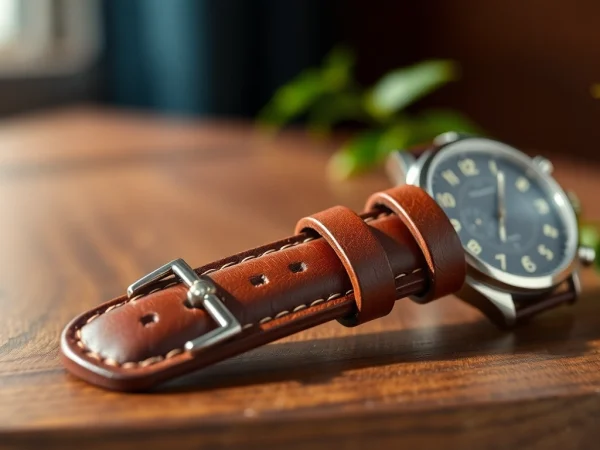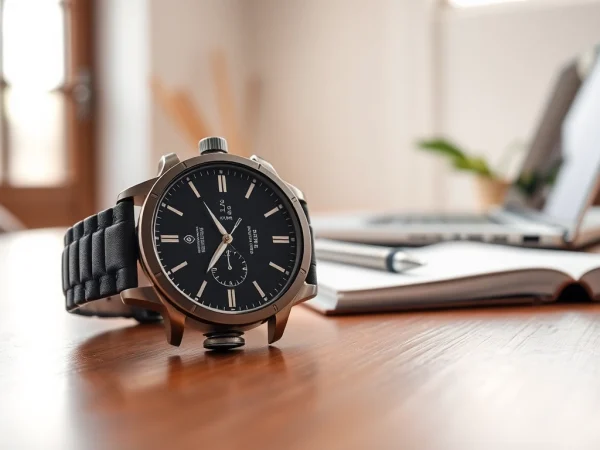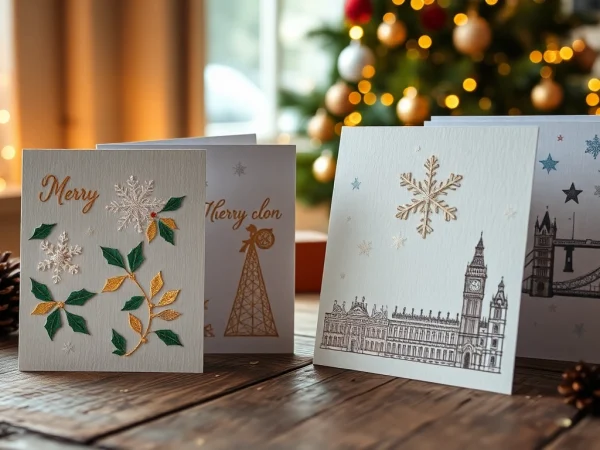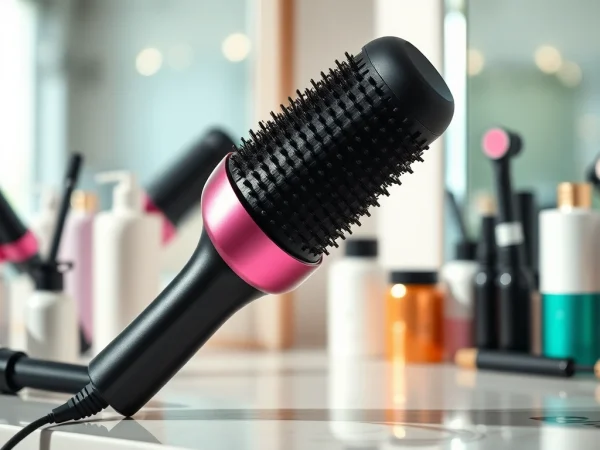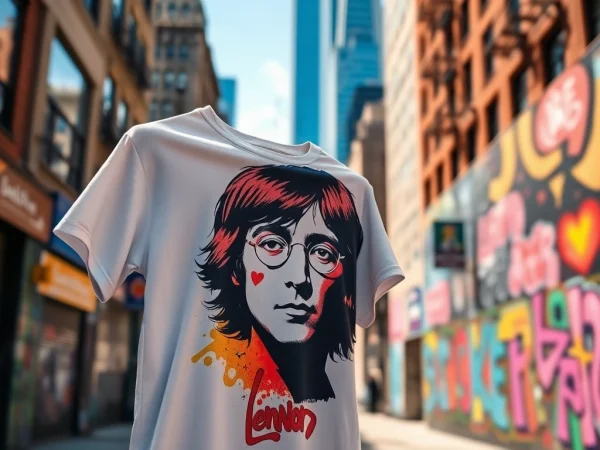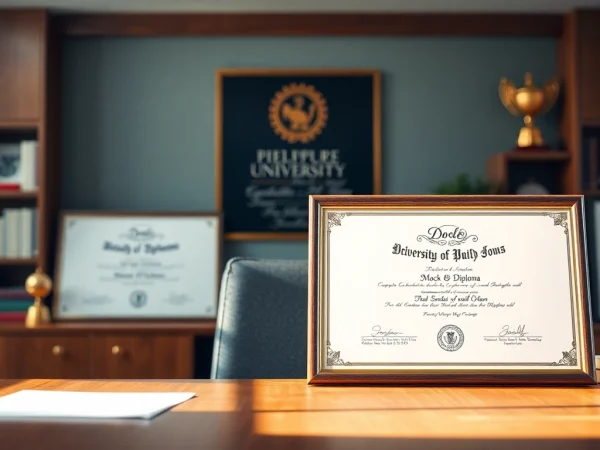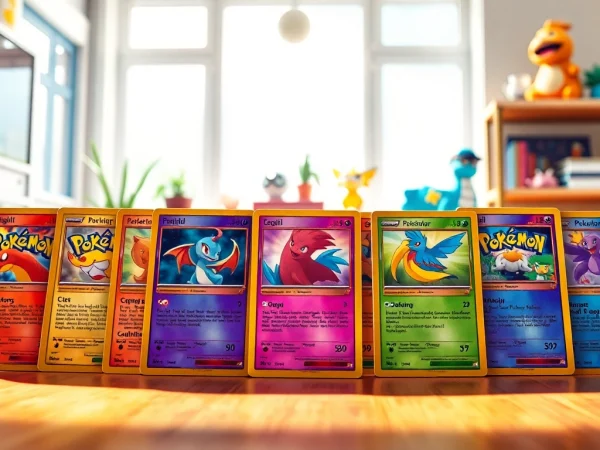Boost Your Brand Visibility with Unique Promotional Products for Every Occasion
Understanding Promotional Products
What are Promotional Products?
Promotional products are tangible items branded with a company’s logo or message, distributed to promote a business, organization, or event. These products can range from practical items like pens, tote bags, and water bottles to unique giveaways such as custom-printed socks or eco-friendly products. They are designed to foster brand awareness, encourage customer loyalty, and inspire purchasing behavior. By giving away these items, companies create opportunities for customers to connect with their brand in a physical sense, often resulting in a lasting impression.
The Importance of Promotional Products for Businesses
In today’s competitive market, businesses constantly seek innovative ways to stand out and attract new customers. This is where promotional products come into play. They serve as versatile marketing tools that resonate with audiences, fostering both new customer acquisition and loyalty among existing customers. Promotional products not only enhance visibility but can also strengthen the emotional bond between consumers and brands, essential in a world increasingly driven by customer relationship management.
Key Statistics about Promotional Products
Understanding the impact of promotional products through statistics can guide businesses in implementing effective strategies. According to research from the Promotional Products Association International (PPAI), 83% of promotional product recipients like receiving them, and 79% can recall the branding or logo after receiving the item. Additionally, statistics suggest that promotional products have a higher ROI compared to traditional advertising methods; they can enhance referrals and lead to more conversions. This evidence underscores the importance of incorporating promotional products into marketing strategies for maximizing reach and influence.
Types of Promotional Products
Common Categories of Promotional Products
Promotional products can be broadly categorized based on utility and context. Common categories include:
- Apparel: T-shirts, caps, and jackets that offer a walking advertisement.
- Office Supplies: Items like notebooks, pens, and sticky notes often used in professional settings.
- Tech Gadgets: USB drives, headphones, and phone chargers that appeal to tech-savvy consumers.
- Drinkware: Mugs, tumblers, and water bottles that are both practical and widely used.
- Bags: Tote bags, backpacks, and promotional handbags that offer visibility while providing utility.
Identifying the right category based on your target audience is essential for maximizing effectiveness.
Seasonal and Event-Specific Promotional Products
Seasonal and event-specific promotional products target specific occasions, offering businesses a way to create timely and relevant connections with their audience. For example:
- Holidays: Christmas ornaments or Halloween-themed items can keep brands top-of-mind during peak shopping seasons.
- Conferences: Custom lanyards or badges made for attendees providing branding visibility while serving a functional purpose.
- Sporting Events: Items like foam fingers or branded blankets designed to enhance spectator experience.
These products not only promote events but also encourage community engagement and participation.
Eco-Friendly Promotional Products
As sustainability becomes a pressing global issue, eco-friendly promotional products are gaining popularity. Brands that incorporate environmentally conscious items demonstrate their commitment to social responsibility, appealing to consumers who prioritize sustainability. Products such as reusable shopping bags, recycled notebooks, and biodegradable pens can position a brand as forward-thinking and caring towards the planet. Offering eco-friendly options can also differentiate a company in an overcrowded marketplace, appealing to environmentally-conscious consumers.
Choosing the Right Promotional Products
Identifying Your Target Audience
The selection of promotional products should begin with a clear understanding of the target audience. This process involves researching demographic details such as age, gender, lifestyle, and purchasing behavior. For example, tech-related products may resonate well with millennials and Gen Z consumers, while classic items may appeal to older demographics. Surveys, customer feedback, and market analysis can provide insightful data for tailoring promotional items that effectively cater to audience preferences.
Factors Influencing Product Selection
Several factors influence the choice of promotional products, including:
- Brand Alignment: Products should reflect the brand’s values and image to ensure authenticity.
- Budget: It’s crucial to find a balance between quality and cost, ensuring effective spending without compromising the brand’s integrity.
- Usage Frequency: Items that are regularly used are more likely to have prolonged exposure and effectiveness.
- Season and Occasion: Selecting products tailored to the time of year or the context of an event can boost relevance and interest.
Measuring Return on Investment (ROI)
After implementing a promotional product campaign, measuring its ROI is crucial. Businesses can analyze factors such as:
- Increased Sales: Tracking sales data pre and post-campaign can reveal the direct impact of the promotional products.
- Customer Engagement: Monitoring increases in social media interaction and website traffic can indicate heightened interest due to the campaign.
- Customer Feedback: Gathering responses from recipients can provide insights into product effectiveness and areas for improvement.
A clear understanding of ROI allows businesses to fine-tune their approach, ensuring future campaigns are even more effective.
Designing Custom Promotional Products
Effective Graphic Design Tips for Branding
Designing promotional products involves effective graphic design strategies to ensure they resonate with recipients. Some best practices include:
- Simple and Clear Messaging: Logos and messages should be easy to read and understand at a glance.
- Consistent Branding: Ensure that the design aligns with existing brand colors, fonts, and imagery.
- Appealing Aesthetics: The design should be visually appealing, using high-quality images and thoughtful color schemes that attract attention and enhance brand perception.
Choosing the Right Messaging for Your Audience
Choosing the right messaging is about aligning your brand voice with your audience’s values and expectations. Testing different slogans or taglines can gauge effectiveness and establish stronger connections with the target demographic. Moreover, incorporating a call to action can encourage recipients to engage directly with the brand—whether through social media, a website visit, or participating in promotional activities.
Mockups and Prototyping Options
Before finalizing promotional products, creating mockups or prototypes enables businesses to visualize and assess the products. This practice can involve digital renderings or physical samples, which are particularly useful for gathering feedback from stakeholders or potential customers. Prototyping clarifies design elements, material choices, and practical considerations, ensuring the end product meets expectations.
Promotional Products in Marketing Strategies
Integrating Promotional Products into Campaigns
Integrating promotional products into broader marketing campaigns maximizes their effectiveness. This can involve utilizing promotional products as incentives for loyalty programs, giveaways in contests, or inclusions in packages. By providing added value through these products, businesses can increase customer satisfaction and enhance the overall marketing strategy.
Examples of Successful Promotional Products Campaigns
Various brands have successfully leveraged promotional products to create memorable and impactful campaigns. For instance, a tech company may give away branded headphones during tech expos, creating a functional item that keeps the brand front-of-mind for potential customers. Similarly, a wellness brand offering reusable water bottles can enhance brand visibility while promoting a healthy lifestyle. Analyzing these case studies provides valuable insights into effective strategies and innovative approaches that various industries can adopt.
Best Practices for Maximizing Engagement with Promotional Products
To maximize engagement with promotional products, businesses should consider the following best practices:
- Timing: Distributing promotional products at strategic moments can boost their effectiveness, such as aligning them with a product launch or significant event.
- Quality Matters: Investing in high-quality promotional items ensures they are valued by recipients, fostering positive associations with the brand.
- Follow-Up: Engaging with customers who received the promotional products, such as through thank-you notes or feedback requests, can further enhance relationships.
